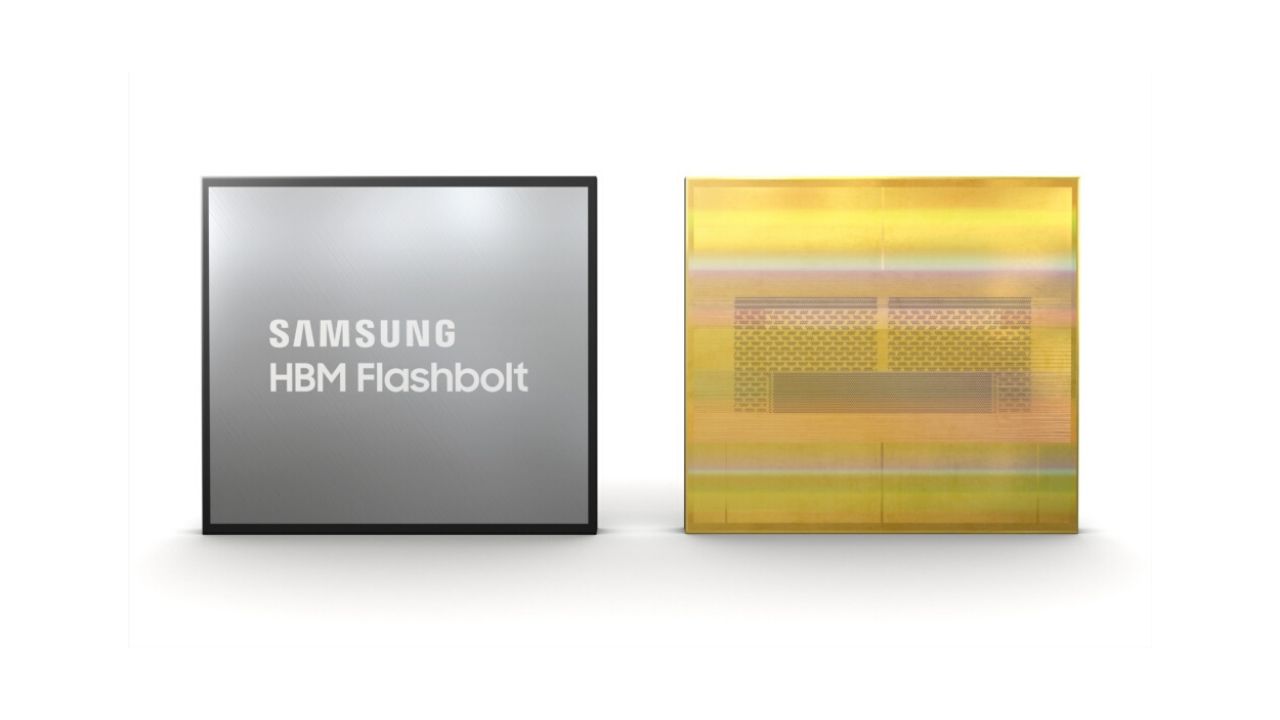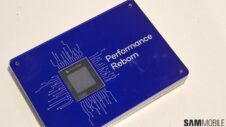Samsung has announced that it is launching the ‘Flashbolt' HBM (High Bandwidth Memory) memory in the market today. It is the third-generation HBM (HBM2E) technology, and this DRAM will be used for high-performance computing in supercomputers, GPUs, and various AI-driven tasks.
One year after releasing the HBM2 ‘Aquabolt' memory, the South Korean chip giant had initially announced the Flashbolt HBM memory last year during Nvidia's 2019 GTC (GPU Technology Conference). This memory technology will likely be used in upcoming high-end GPUs from AMD and Nvidia. Late last month, JEDEC (Joint Electron Tube Engineering Council) had published an updated revision of the HBM2 standard.
Samsung's HBM2E memory can reach maximum data transfer speeds of up to 3.2Gbps per pin. Up to eight 8Gb DRAM chips can be vertically stacked on top of a buffer chip to achieve 16GB package capacity. The company is manufacturing these chips using its 10nm (1y) fabrication technology. The memory bandwidth per stack is 410GB/s.
When overclocked, these HBM2E memory chips can offer up to 4.2Gb/s data transfer rates per pin and a memory bandwidth of 538GB/s. In comparison, the second-generation HBM memory from the company offered 2.4Gb/s bandwidth per pin, 307.2GB/s bandwidth per stack, and 8GB total capacity.
Samsung says that these DRAM chips will go into mass production in the first half this year. The South Korean firm will continue to offer HBM2 Aquabolt memory to its ecosystem partners.







